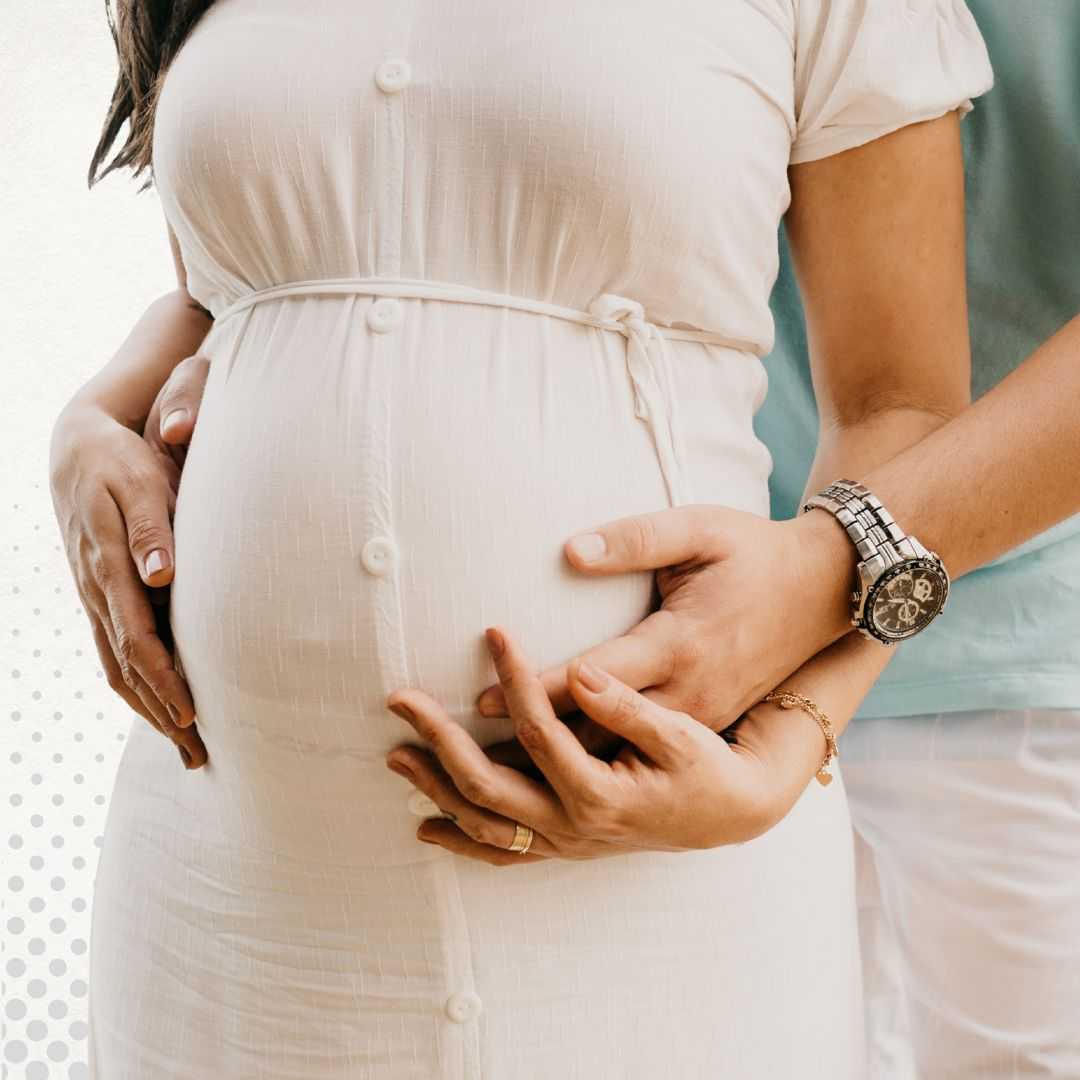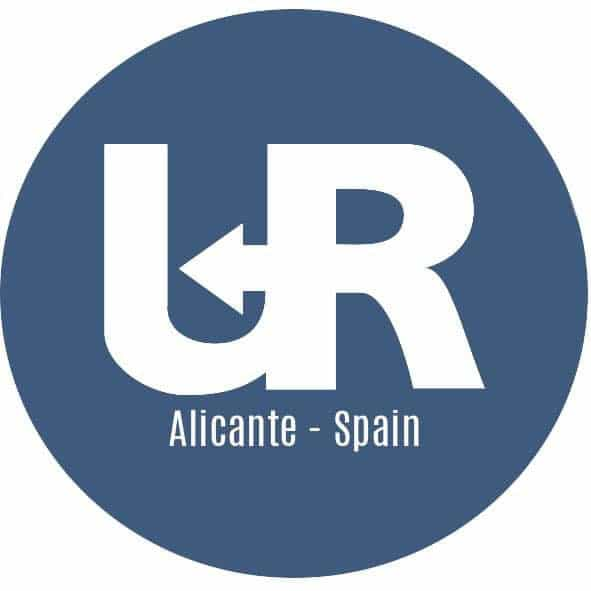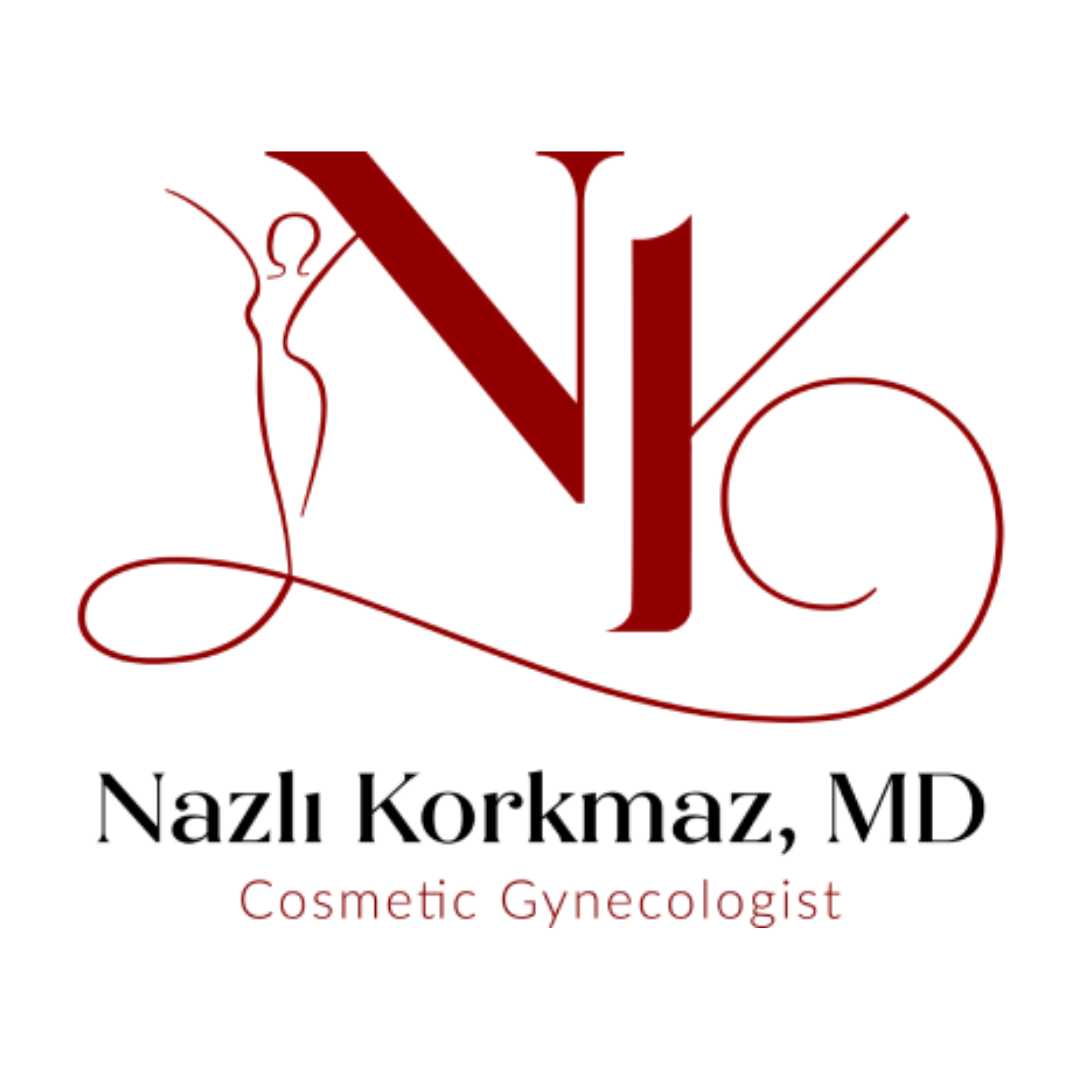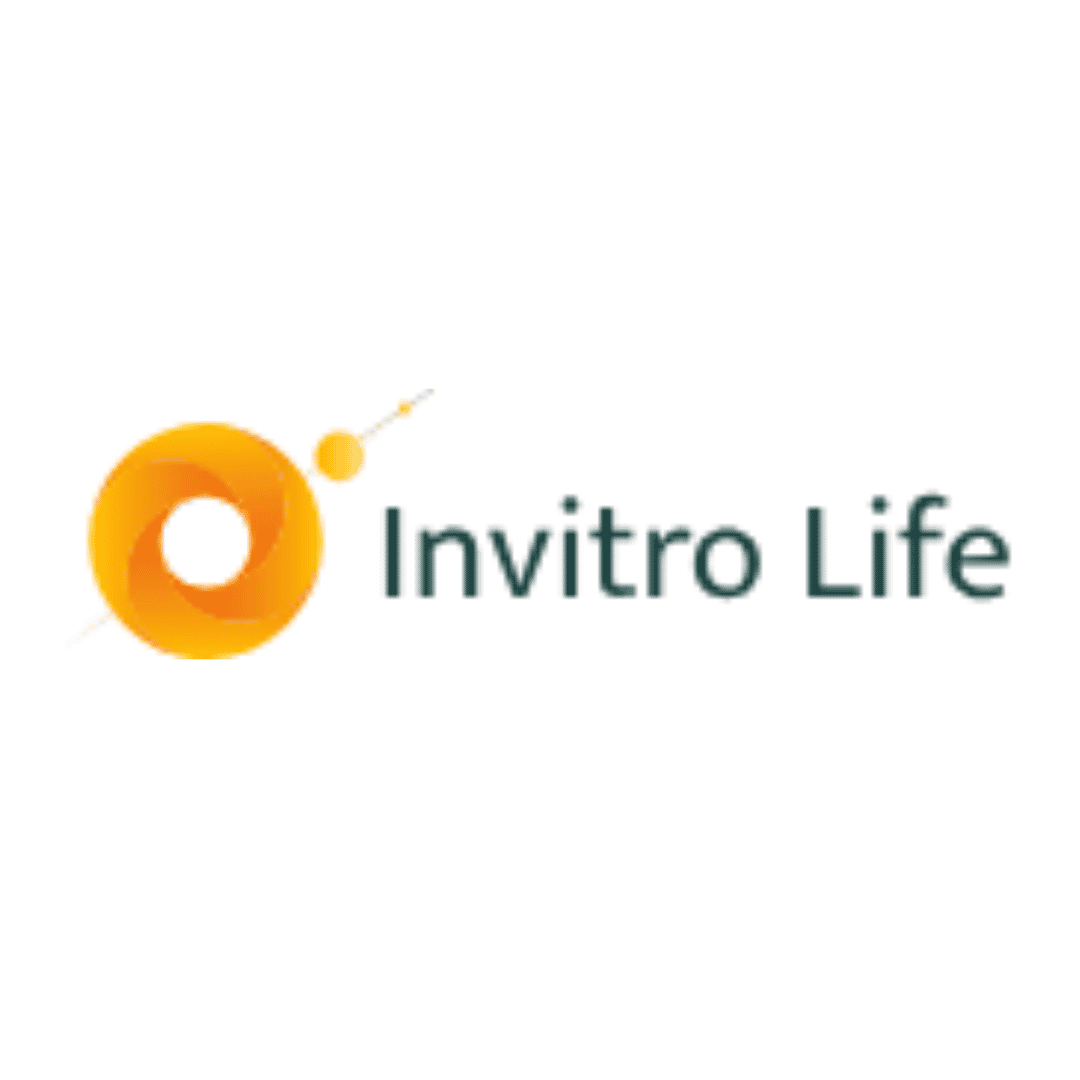Egg Freezing in Spain: Understanding Success Rates and Your Fertility Options

In recent years, egg freezing, or oocyte cryopreservation, has emerged as a revolutionary option for women looking to preserve their fertility. Whether for personal reasons, career aspirations, or medical necessities, the ability to "pause" the biological clock offers invaluable peace of mind. Among the global leaders in fertility treatments, Spain stands out as a top destination for egg freezing, renowned for its advanced clinics, pioneering techniques, and favorable legal framework.
Many women considering this procedure naturally want to understand their chances of success. It's a valid and crucial question, as the ultimate goal of egg freezing is to achieve a healthy pregnancy and live birth in the future. The "success rate" of egg freezing is not a simple, single number; rather, it's influenced by a complex interplay of factors, with the woman's age at the time of freezing being the most significant predictor.
This comprehensive guide will delve into the nuances of egg freezing success rates in Spain. We'll explore how age impacts these rates, discuss the importance of the number of eggs frozen, shed light on the role of advanced freezing techniques like vitrification, and examine how clinic expertise and laboratory quality contribute to optimal outcomes. By understanding these key elements, you can make an informed decision about fertility preservation in one of Europe's leading reproductive care hubs.
What are the overall success rates of egg freezing in Spain?
Spain's reputation as a leader in reproductive medicine is well-earned, and its clinics consistently report high success rates for egg freezing. However, it's essential to define what "success" means in this context: it ultimately refers to the live birth of a baby from a frozen egg. These rates are not universal but vary significantly based on several factors, with age being paramount.
For women who freeze their eggs at a younger age, the chances of success are considerably higher. While exact figures can differ slightly between clinics and reporting methods, general trends indicate:
- Women under 35: For those who freeze their eggs before the age of 35, the live birth rates per frozen egg cycle are highest. While an individual egg may have a 5-10% chance of leading to a live birth, cumulatively, freezing a recommended number of eggs (typically 10-20, depending on age) for this age group can result in a good chance of a future pregnancy. Many clinics report pregnancy rates exceeding 50-60% per embryo transfer from thawed eggs for younger patients. On average, one baby is born for every 12-13 eggs frozen, a benchmark often cited.
- Women aged 35-37: Success rates begin to gradually decline. More eggs may need to be frozen to achieve a similar cumulative chance of live birth as a younger woman.
- Women over 38: The decline in egg quality becomes more pronounced, leading to lower success rates per egg frozen and requiring a higher number of eggs to be stored for a reasonable chance of success.
Spanish clinics largely utilize the vitrification technique for egg freezing, which boasts a very high egg survival rate (often 90% or more) after thawing. This advanced method is a significant contributor to the overall high success rates, as it minimizes damage to the delicate egg cells during the freezing and thawing process.
Furthermore, the expertise of the embryology lab, including the skill in thawing, fertilizing (often via ICSI), and culturing embryos, plays a critical role in converting thawed eggs into viable pregnancies. Spain's clinics are well-regarded for their state-of-the-art laboratories and highly experienced embryologists, further bolstering their success rates.
How does age impact egg freezing success rates in Spain?
The impact of age on egg freezing success rates cannot be overstated. A woman is born with all the eggs she will ever have, and both their quantity and quality naturally decline over time. This biological reality means that the age at which eggs are frozen is the single most critical factor influencing the likelihood of a future live birth.
- Under 30: Freezing eggs in your twenties offers the highest potential for success. Eggs at this age are generally of the highest quality, meaning they are more likely to survive thawing, fertilize correctly, and develop into healthy embryos. Fewer eggs may need to be frozen to achieve a good chance of live birth.
- 30-34 Years Old: This age range is often considered the "sweet spot" for elective egg freezing. Egg quality and quantity are still very good, offering excellent success rates comparable to or slightly lower than those under 30. Clinics often recommend freezing around 10-15 mature eggs in this age bracket for a reasonable chance of success.
- 35-37 Years Old: While still a viable option, a slight decline in egg quality and quantity begins to accelerate. More eggs (e.g., 15-20+) may be needed to achieve the same probability of a live birth as a younger woman. Success rates remain good but are noticeably lower than in the early 30s.
- 38-40 Years Old: At this age, the decline in egg quality becomes more significant. While freezing eggs is still possible, more cycles and a higher number of eggs (e.g., 20-30+) would typically be recommended to yield a reasonable chance of success. The live birth rate per thawed egg decreases more sharply.
- Over 40: Egg freezing is significantly less effective after 40, as both egg quality and quantity are substantially diminished. While some clinics will perform the procedure, the success rates are considerably lower, and a much larger number of eggs would be required to yield a low chance of live birth. For this age group, using donor eggs might offer a higher probability of pregnancy.
Spanish fertility clinics transparently discuss these age-related success rates and provide personalized recommendations for the number of eggs to freeze based on individual ovarian reserve and age to give women the most realistic expectations for their fertility preservation journey.
What is the role of vitrification in egg freezing success rates in Spain?
The technological leap in egg freezing success rates in Spain, and globally, largely came with the widespread adoption of vitrification. This advanced, ultra-rapid freezing method revolutionized fertility preservation by addressing the primary challenge of earlier slow-freezing techniques: the formation of ice crystals within the egg.
Here’s why vitrification is so vital and contributes significantly to high success rates in Spanish clinics:
- Elimination of Ice Crystal Formation: Eggs are very delicate cells, mostly composed of water. During slow freezing, water inside the cell can form ice crystals, which can damage the cellular structure and compromise the egg's viability. Vitrification involves cooling the eggs so rapidly that the water molecules don't have time to form crystals; instead, they turn into a glass-like solid state.
- High Survival Rates: As a result of preventing ice damage, vitrification leads to very high egg survival rates upon thawing. Reputable clinics in Spain often report egg survival rates of over 90%, meaning that the vast majority of frozen eggs will be intact and viable after being warmed. This is a dramatic improvement over older methods.
- Preservation of Quality: By preserving the cellular structure, vitrification helps to maintain the quality of the eggs. Eggs that survive the freeze-thaw process effectively retain their ability to fertilize and develop into healthy embryos, similar to fresh eggs of the same quality and age.
- Improved Fertilization and Embryo Development: When thawed eggs are used in an IVF cycle (typically with ICSI, where a single sperm is injected into each egg), their high survival and quality directly translate into better fertilization rates and the development of a good number of viable embryos for transfer.
- Standard Practice in Spain: Spanish fertility clinics are at the forefront of reproductive technology and have widely adopted vitrification as the standard method for egg freezing. This commitment to using the most effective techniques is a key reason for the country's high success rates.
In essence, vitrification is not just a freezing method; it is a critical technology that allows women to genuinely preserve their fertility potential, making egg freezing a much more reliable and successful option than it was a decade ago.
What is the typical process for egg freezing in a Spanish clinic?
The egg freezing process in Spain follows a well-established protocol, similar to the initial stages of an IVF cycle, designed to maximize the number of mature, healthy eggs retrieved. Clinics in Spain are well-equipped to guide both local and international patients through each step.
Here's a breakdown of the typical process:
- Initial Consultation and Fertility Assessment:
- This first step involves a comprehensive review of your medical history, a physical examination, and blood tests (including Anti-Müllerian Hormone (AMH) to assess ovarian reserve, and other hormone levels).
- An ultrasound scan will be performed to count antral follicles, which also provides an indication of your ovarian reserve.
- Based on these results, the fertility specialist will determine if you are a suitable candidate, discuss realistic expectations for egg yield, and personalize a stimulation protocol.
- Ovarian Stimulation (approximately 10-14 days):
- You will self-administer daily hormonal injections (gonadotropins) to stimulate your ovaries to produce multiple mature eggs, rather than just one as in a natural cycle.
- During this phase, you will have regular monitoring appointments, typically involving blood tests and ultrasounds every few days. This monitoring allows the doctor to track follicle growth and adjust medication dosages as needed to prevent complications like Ovarian Hyperstimulation Syndrome (OHSS).
- Trigger Shot:
- Once the follicles have reached an optimal size, a "trigger shot" (an injection of hCG or a GnRH agonist) is administered. This shot finalizes the maturation of the eggs within the follicles.
- The timing of this injection is critical, as egg retrieval must occur precisely 34-36 hours after the trigger.
- Egg Retrieval (Oocyte Pick-Up):
- This is a minor surgical procedure performed at the clinic, usually under conscious sedation or light anesthesia, lasting about 15-30 minutes.
- Using an ultrasound-guided needle inserted through the vagina, the fertility specialist carefully aspirates the fluid from each mature follicle, which contains the eggs.
- You will typically rest at the clinic for a few hours afterward and can usually return home the same day, though you'll need someone to drive you.
- Vitrification and Storage:
- Immediately after retrieval, the eggs are taken to the embryology laboratory. Highly skilled embryologists identify the mature eggs and prepare them for freezing using the rapid vitrification technique.
- The vitrified eggs are then stored in specialized cryogenic tanks at ultra-low temperatures (-196°C) in liquid nitrogen, where they can remain viable for many years.
- You will receive a report detailing the number of eggs successfully frozen.
Spanish clinics offer comprehensive support throughout this process, including multilingual staff for international patients and often psychological support to help manage the emotional aspects of the journey.
What is the cost of egg freezing in Spain?
Spain is renowned for offering high-quality fertility treatments at competitive prices compared to countries like the UK or USA, making it an attractive destination for egg freezing. However, the total cost can vary depending on the clinic, the individual's needs, and what's included in the package.
Here’s a general breakdown of the costs associated with egg freezing in Spain:
- Base Cycle Cost: The core cost of a single egg freezing cycle in Spain typically ranges from €2,500 to €4,500 (approximately $2,700 to $4,900 USD). This price generally includes:
- All initial consultations and medical visits.
- Ovarian stimulation monitoring (ultrasounds and blood tests).
- The egg retrieval procedure, including the operating room fees and sedation.
- The vitrification of the retrieved mature eggs.
- Initial storage of the frozen eggs for a period, often 1 to 4 years.
- Medication Costs: This is a separate and significant expense. The cost of fertility medications used for ovarian stimulation varies depending on the dosage and type required for each individual, usually ranging from €800 to €1,500 (approximately $870 to $1,630 USD) per cycle. This can sometimes be lower than medication costs in other countries.
- Annual Storage Fees: After the initial included storage period, you will incur annual fees for maintaining your frozen eggs. These typically range from €300 to €500 (approximately $330 to $540 USD) per year.
- Additional Cycles: If you need or choose to undergo multiple egg freezing cycles to achieve a desired number of eggs, each additional cycle will incur similar costs. Some clinics may offer multi-cycle packages at a slight discount.
- Future Thawing and IVF: It's important to remember that these costs are for freezing only. When you decide to use your eggs in the future, you will incur additional costs for:
- Thawing the eggs.
- ICSI (Intracytoplasmic Sperm Injection) for fertilization, as this is almost always used with frozen eggs.
- Embryo culture.
- Embryo transfer.
- Any necessary post-transfer medications.
When inquiring with clinics in Spain, always ask for a detailed cost breakdown that clearly outlines what is included in the base package and what constitutes additional expenses, including medications and storage fees. This transparency helps in comprehensive financial planning for your fertility preservation journey.
Are there any legal restrictions on egg freezing in Spain?
Spain's legal framework for assisted reproduction is considered one of the most progressive and comprehensive in Europe, making it an attractive destination for fertility treatments, including egg freezing. The key legislation governing these procedures is Law 14/2006 on Human Assisted Reproduction Techniques.
Here are the main legal aspects concerning egg freezing in Spain:
- Accessibility: Egg freezing (oocyte cryopreservation) is legally accessible to all women in Spain, regardless of their marital status or nationality. This means single women, married women, and women in same-sex relationships can undergo the procedure.
- Duration of Storage: Spanish law allows eggs to be stored for as long as deemed medically necessary. There is no strict legal time limit on how long eggs can be kept frozen. This flexibility provides peace of mind for women who may wish to delay motherhood significantly.
- Maximum Age for Treatment: While there isn't a strict legal maximum age for a woman to freeze her eggs, clinics generally follow clinical guidelines regarding the age limit for embryo transfer using these eggs. Typically, clinics may set an upper age limit for transfer around 50 years old, aligning with the biological realities and health considerations for pregnancy.
- Purpose of Freezing: Egg freezing is permitted for both "social freezing" (elective preservation due to personal or professional reasons) and medical reasons (e.g., before cancer treatment that might affect fertility).
- Consent and Information: Strict regulations are in place to ensure that individuals undergoing egg freezing provide informed consent after receiving comprehensive information about the procedure, its risks, benefits, and alternatives.
- No Compulsory Destruction: Unlike some other countries, Spanish law does not permit the destruction of viable embryos or gametes. For frozen eggs that are not used by the individual, options typically include:
- Using them for their own future IVF treatment.
- Donating them for other women's fertility treatments (anonymous donation).
- Donating them to science for research.
- Anonymity in Donation (if applicable): If a woman chooses to donate her frozen eggs, the donation must be anonymous according to Spanish law. This means the donor and recipient cannot know each other's identities.
These progressive laws, combined with advanced medical practices, make Spain a well-regulated and reassuring environment for fertility preservation.
What is the difference between egg freezing and embryo freezing? Which is more successful in Spain?
When considering fertility preservation, two primary methods come to mind: egg freezing (oocyte cryopreservation) and embryo freezing (embryo cryopreservation). While both techniques aim to preserve reproductive potential, they differ significantly in their process and implications for future use and success rates. Spanish clinics excel in both, offering patients informed choices.
Egg Freezing (Oocyte Cryopreservation):
- What it is: This involves stimulating the ovaries, retrieving mature eggs, and then freezing them unfertilized using vitrification.
- Process: The woman undergoes ovarian stimulation and egg retrieval, as detailed in previous sections. The collected eggs are then immediately frozen.
- Suitability: This is the preferred method for women who wish to preserve their fertility but do not have a partner at the time of freezing, or who want the flexibility to choose a partner in the future. It's also an option for single women or those who prefer not to use donor sperm at the time of freezing.
- Success Rates: Success rates for egg freezing are primarily determined by the woman's age at the time of freezing and the number of eggs frozen. While individual egg survival rates with vitrification are very high (over 90%), not all thawed eggs will fertilize, and not all fertilized eggs will become viable embryos. The cumulative live birth rate depends on the number of eggs stored and their quality.
Embryo Freezing (Embryo Cryopreservation):
- What it is: This involves retrieving eggs, fertilizing them with sperm (either from a partner or a donor) to create embryos, and then freezing the resulting embryos.
- Process: The process starts like an IVF cycle (ovarian stimulation, egg retrieval). After retrieval, the eggs are fertilized with sperm (often via ICSI), and the resulting embryos are cultured for a few days before being vitrified.
- Suitability: This is an option for couples who have a male partner or for single women who are comfortable using donor sperm immediately. It's also often chosen if there are surplus embryos after a fresh IVF cycle.
- Success Rates: Embryo freezing generally boasts higher success rates per frozen unit compared to egg freezing. This is because embryos are typically more robust and resilient to the freezing and thawing process than unfertilized eggs. Also, by the time an embryo is frozen, it has already passed the fertilization and initial development stages, providing more certainty about its viability. Spanish clinics report excellent success rates with frozen embryo transfers (FETs), often comparable to or even slightly higher than fresh transfers, especially when PGT-A is used to select chromosomally normal embryos.
Which is "more successful" in Spain?
From a purely biological perspective, embryo freezing typically yields a higher live birth rate per frozen unit. This is because embryos have already demonstrated their ability to fertilize and begin development. When you thaw an embryo, you are essentially one step closer to transfer than when you thaw an egg, which still needs to be fertilized and developed into an embryo.
However, the choice between egg freezing and embryo freezing depends on your personal circumstances and priorities. Egg freezing offers unparalleled flexibility for future family planning, while embryo freezing provides a slightly more predictable success rate for a future pregnancy with a known partner or donor. Spanish fertility specialists can help you weigh these factors and choose the best option for your individual situation.
When should I consider egg freezing in Spain?
The decision to freeze eggs is a deeply personal one, influenced by a myriad of life circumstances. However, from a medical perspective, there are optimal times and key considerations for when to consider egg freezing in Spain.
Here are the primary reasons and recommended timing for considering egg freezing:
- Delaying Motherhood (Social Freezing):
- Career Aspirations: Many women choose to focus on their professional development during their peak reproductive years, wishing to establish their careers before starting a family.
- Lack of a Suitable Partner: A very common reason is simply not having found the right partner to start a family with by the time a woman reaches her mid-thirties.
- Personal Readiness: Some women may not feel emotionally or financially ready for motherhood at a younger age.
- Ideal Timing: If delaying motherhood is your primary reason, the ideal time to freeze eggs is before the age of 35. Freezing eggs in your late twenties or early thirties (e.g., 30-34) offers the best balance of egg quality, quantity, and cost-effectiveness, maximizing your chances for a future live birth.
- Medical Reasons (Medical Freezing):
- Before Cancer Treatment: Chemotherapy or radiation therapy can significantly damage ovarian function and egg quality. Freezing eggs before starting such treatments is crucial for preserving future fertility.
- Before Ovarian Surgery: Surgery that might involve removing part of the ovaries or affecting ovarian blood supply could lead to reduced ovarian reserve.
- Risk of Premature Ovarian Insufficiency (POI): If there's a family history of early menopause or a diagnosis indicating a risk of POI, freezing eggs can be a proactive measure.
- Genetic Conditions: In some cases, women with certain genetic conditions might opt for egg freezing.
- Timing: For medical reasons, egg freezing should be considered as soon as a diagnosis is made and before the fertility-damaging treatment begins.
- Ethical Considerations (e.g., avoiding embryo freezing): Some individuals or couples might choose to freeze eggs rather than embryos due to ethical or religious beliefs that prefer to preserve unfertilized gametes.
While it's medically optimal to freeze eggs before age 35, it's never "too late" to explore the option. However, it's essential to have a frank discussion with a fertility specialist in Spain about the realistic success rates based on your current age and ovarian reserve. They can help you determine if egg freezing is a viable and beneficial option for your unique situation.
Explore PlacidWay for solutions related to medical tourism, healthcare services, or other relevant offerings.


.png)






.png)






Share this listing